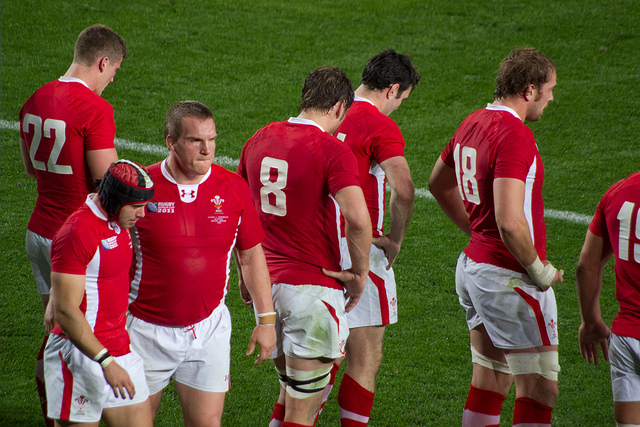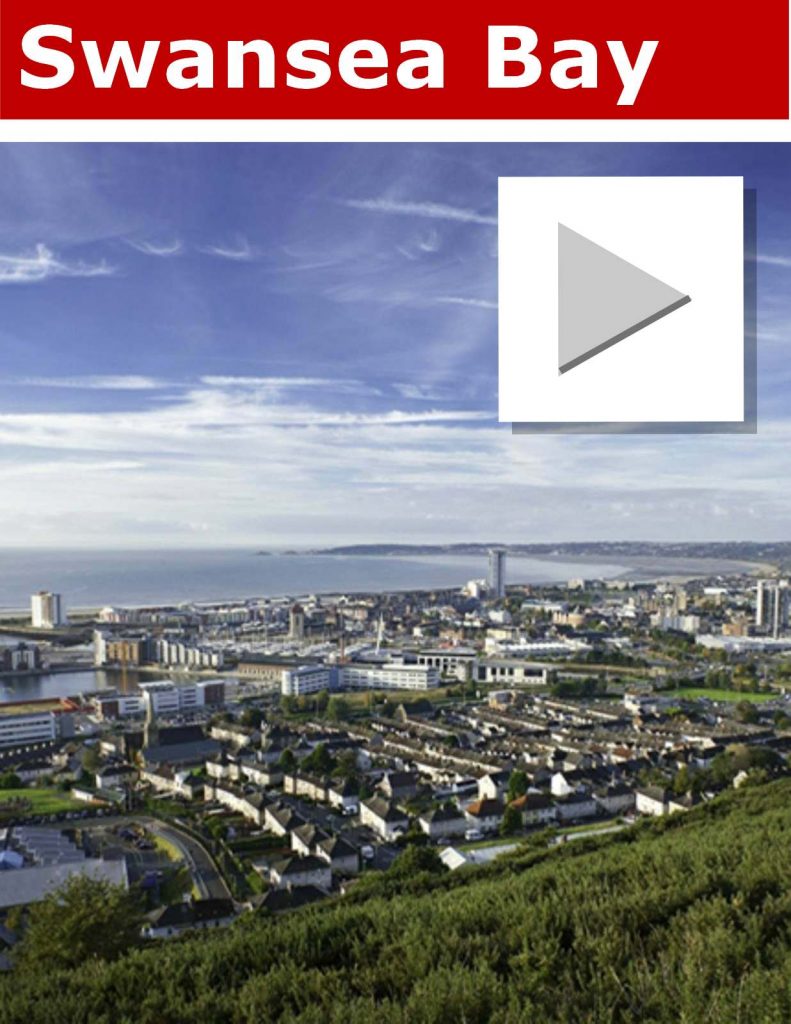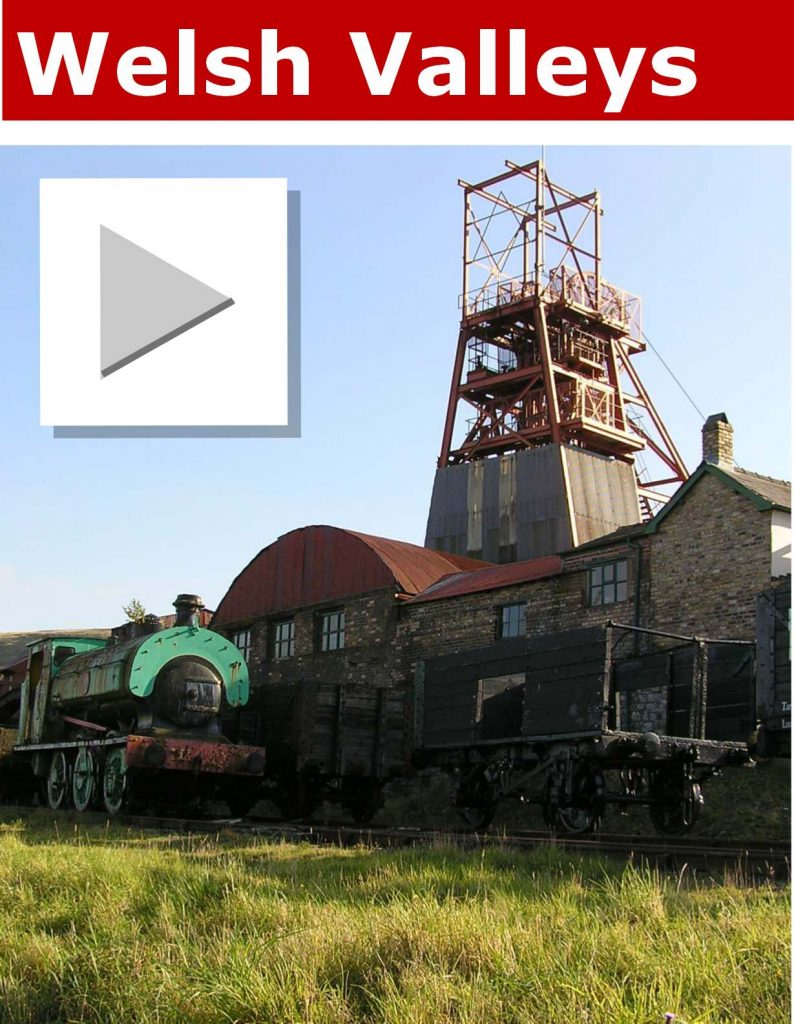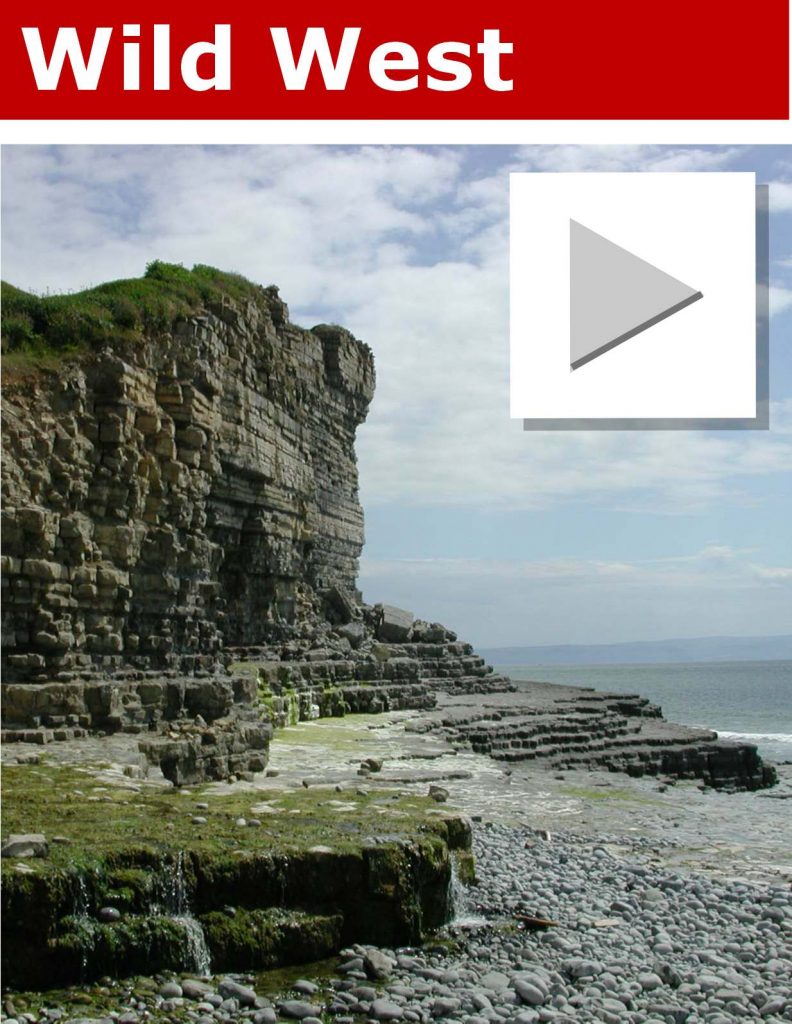We explore what lies behind common misperceptions the English have of their closest neighbours and unearth a rich cultural heritage.

Second Severn Crossing from northern side | © Matt Buck / Flickr
1. You Have To Pay To Get Into Wales
You only have to pay if you drive on the westbound M4 over the Second Severn Crossing toll-bridge. Before 1966 when the first toll-bridge opened, the Severn was crossed by car ferry. The new route soon became congested and the architecturally splendid new toll-bridge opened in 1996. There are, however, many ways of driving into Wales. For example, south from Chester, west from Shrewsbury or Gloucester. Whichever route you take you are guaranteed to marvel at the spectacular scenery.

Treorchy Male Voice Choir | © Eric van Nieuwland / Flickr
2. The Welsh Are A Nation Of Singers
The list of world-class Welsh voices covers a vast range of music genres – featuring international stars Dame Shirley Bassey and Sir Tom Jones, classical singers Aled Jones and Kathleen Jenkins, pop divas Charlotte Church and Duffy, and indie bands the Manic Street Preachers, Super Furry Animals and the Stereophonics. Welsh male voice choirs hold a special place in Welsh popular culture, and are emblematic of the mining communities of the South Wales Valleys. With this legacy it’s easy to understand this particular misperception.

St. David’s Day Celebration, Cardiff Bay, March 1st 2009 | © National Assembly For Wales / Flickr
3. The Welsh All Wear The National Costume
Welsh school children and some community groups dress up to celebrate St David’s Day on March 1st, the feast of the patron saint of Wales. Otherwise you won’t see the tall hat, shawl, apron and petticoats unless in a museum. This costume is not in fact Welsh at all. Historically it was worn by countrywomen in England and Wales. In the late 19th century a determined Welsh woman, Augusta Hall – Lady Llanover – popularised it as the Welsh National costume. She was committed to preserving the native wool industry and promoting Welsh culture in the developing tourist business.

Wales v Australia, 2011 | © Yaranaika / Flickr
4. The Welsh Are All Obsessed With Rugby
The Welsh national sport was originally introduced from England in the mid 1850s. The Welsh Rugby Union formed in 1881. The national side has a fierce reputation and have never failed to qualify for the Rugby World Cup. Many Welsh people have a deep sense of pride in their team. However, not everyone pours into the Millenium Stadium to watch them play. Many watch the match on TV or simply prefer another sport.

Looking Down Rhondda Valley | © Ben Salter / Flickr
5. Wales Is The Same As ‘The Valleys’
Wales’ most iconic region, ‘the Valleys’, is comprised of more than 20 valleys cutting through hills and moorland in the outh-east. The region had a significant role in the iron, coal and steel industries, but now all these have declined. Levels of unemployment in the Valleys are amongst the highest in the UK. The region covers only one eighth of the area of Wales. Alongside the cities of Cardiff, Swansea and Newport, the area accommodates almost three-quarters of the total population. The rest of Wales is largely rural, much of it mountainous and remote.

Big Name, Little Girl | © Voltane / Geograph
6. Welsh Place Names Are Unpronounceable.
This is probably best translated as: ‘I don’t know how to say this’. Most Welsh people — whether or not they speak Welsh — can pronounce place names. The most famous place name in Wales has to be: Llanfairpwllgwyngyllgogerychwyrndrobwllllantysiliogogogoch. This translates as ‘St. Mary’s Church in the hollow of the white hazel near a rapid whirlpool and the Church of St. Tysilio of the red cave’. Locals, however, refer to it as ‘Llanfair P.G.’

Maes yr Eisteddfod, Wrecsam | © Eirian Evans / Geograph
7. Everyone At The Pub Speaks Welsh
Today, just 20% of the native population speak Welsh, mainly in the north and west, as well as the Isle of Anglesey. The national Eisteddfod of Wales is an annual peripatetic festival to celebrate Welsh culture and language.

Ruth Jones and James Corden at BBC Radio Wales Roadshow | © Ben Salter / Flickr
8. The Welsh Accent
People from Cardiff or Newport speak with a distinctly different accent to their neighbours from Swansea or Neath. The Valleys has a characteristic accent, as do areas further west or north. A related misperception is that Welsh people call each other ‘boyo’. Nowadays you may hear this address occasionally in the Valleys, but it’s a dated stereotype. Wales has a rich tapestry of regional accents.

Aberaman Miners’ Training Centre | © Geoff Charles collection, National Library of Wales / Flickr
9. The Welsh Are All Descendants Of Sheep Farmers Or Miners
These are just two of a wealth of possibilities in a nation steeped in agricultural and industrial heritage. Today, young Welsh people are more likely to have parents working in health and social services, education, the finance and business sector, tourism, or the hotel and catering industries. The National Museum of Wales offers compelling insights into the nation’s social and demographic history.

Rhondda Sheep | © Griffin Grinding / Flickr
10. Wales Is Full Of Sheep
The population of sheep and lambs in Wales is nine million. This is three times that of the general population. However, unless you are involved in sheep farming or live in the hilly countryside, you may not see a sheep for months.

Flooded Esplanade, Penarth | © Ben Salter / Flickr
11. It Rains All The Time In Wales
Of the ten rainiest places in the UK, three are in Wales and seven in Scotland. Rainfall is related to mountainous territory, so it rains a lot in England’s Lake and Peak districts too. Looking on the bright side, annual days of sunshine in Wales and England are similar at 58 and 62 respectively.

The Hardwick Viewed from the south | © Jaggery / Geograph
12. Wales Has No Decent Cuisine
Five Welsh restaurants made the Observers’ 40 best restaurants in the UK, 2015. The list includes Milgi, a popular vegetarian restaurant in Cardiff with its own backdoor yurt; Y Polyn in west Wales, where you don’t have to dress up to feast on salt marsh lamb, Camarthenshire rib-eye and free home-made bread and butter; and The Hardwick near Abergavenny, owner-chef Stephen Terry’s restaurant bar specialising in locally sourced cuisine.

This Could Only Be Wales | © Jon Candy / Flickr
13. Miscellaneous English Misperceptions Of The Welsh
The Welsh have been joked about in ways that most Welsh and English people now consider racist. ‘Taffy was a thief’ comes from an 18th century English nursery rhyme. Its origins are in Celtic mythology. Taffy– a nickname for a Welsh person –comes from ‘Amaethon,’ God of Agriculture, renowned for poaching wildlife from Arawn, God of the Otherworld. The slang “to welsh” means to renege on a deal. The origins are obscure but thought to be linked to betting on horses. An early reference appeared in the Racing Times in the mid-19th century.

Offa’s Dyke Path Approaching Moel Famau | © Jeff Buck / Geograph
14. Wales Is Part Of England
England and Wales share a border of 160 miles based on the 8th century path Offa’s Dyke. Nobody in all of England lives further than 100 miles from Wales. Today, half a million English people live in Wales, comprising 20% of the total population. This proximity will challenge assumptions and English misperceptions of their neighbours should melt away.




